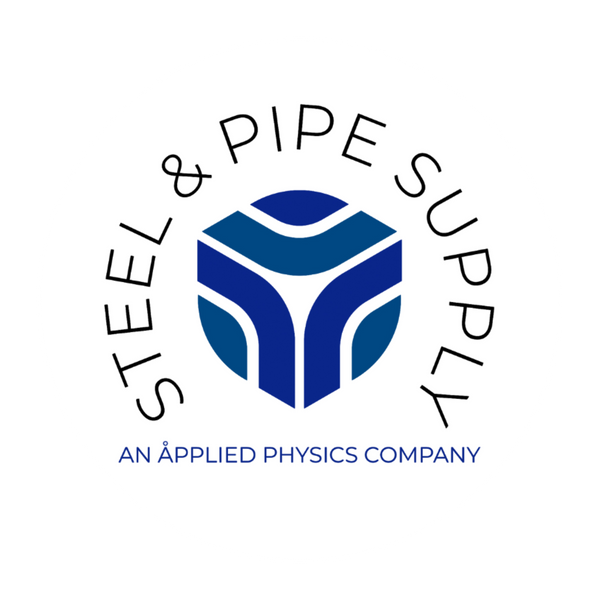
Pipe Leak Detection Technologies: Acoustic, Infrared, and Ultrasonic Innovations
Share
Pipe leak detection is critical for safeguarding water, gas, and oil infrastructure. Undetected leaks can lead to massive water loss, property damage, environmental hazards, and regulatory penalties.
Globally, utilities lose over 126 billion cubic meters of water annually due to leaks, costing billions in lost revenue and repairs.
Early detection not only saves money but also supports sustainability and public safety goals.
Overview of Modern Leak Detection Technologies
Modern leak detection technologies fall into three main categories:
| Technology | Principle of Operation | Best For |
|---|---|---|
| Acoustic | Detects sound/vibration from leaks | Water, gas, and wastewater |
| Infrared | Uses thermal imaging to spot temperature anomalies | Above-ground, facility, buried |
| Ultrasonic | Detects high-frequency sound waves from pressurized leaks | Gas, oil, water, remote/complex |
These systems are increasingly integrated with AI, IoT, and cloud analytics for real-time, automated monitoring and predictive maintenance.
How Acoustic Leak Detection Works
Acoustic leak detection captures sound waves generated by fluid escaping through a pipe defect. Sensors (accelerometers, hydrophones, piezoelectric devices) are placed on the pipe or in the fluid.

The system analyzes the unique acoustic signature of leaks, using advanced signal processing and AI to filter out background noise and pinpoint leak locations.
Advantages and Limitations
Advantages
- High sensitivity, especially in metallic pipes
- Non-invasive and scalable for large networks
- Real-time monitoring with permanent sensor networks
- Enhanced by AI for reduced false alarms.
Limitations
- Less effective in plastic pipes due to signal attenuation
- Performance can degrade in noisy environments
- Manual deployment can be slow for large-scale surveys.
Applications and Use Cases
- Municipal water distribution networks
- Oil and gas pipelines
- Industrial process lines
- Smart city infrastructure.
Infrared Leak Detection
Infrared (IR) leak detection uses thermal cameras to visualize temperature anomalies on surfaces.

Leaks cause fluids to alter the local temperature, creating a detectable thermal signature. IR cameras capture these differences, allowing for non-contact, real-time detection even behind walls or underground.
Benefits and Drawbacks
Benefits
- Non-invasive and rapid wide-area surveys
- Effective for above-ground and facility pipelines
- Visual confirmation of leaks, even in hazardous environments
- Drone and vehicle-mounted options for hard-to-reach areas.
Drawbacks
- High equipment cost (especially for high-resolution cameras)
- Less effective for small or deeply buried leaks
- Environmental factors (sunlight, wind, insulation) can mask signals
- Requires trained operators for accurate interpretation.
Typical Scenarios for Use
- Oil and gas facility monitoring
- Water utility leak surveys
- Building and HVAC inspections
- Industrial plant maintenance.
How Ultrasonic Technology Detects Leaks
Ultrasonic leak detection uses high-frequency sound waves (above 20 kHz) to identify leaks. When pressurized fluid escapes, it generates ultrasonic emissions.
Pros and Cons
Pros
- Extremely sensitive to small leaks and internal defects
- Works with both metallic and plastic pipes
- Suitable for both contact and remote detection
- Lower training requirements; user-friendly devices
Cons
- Requires a pressure differential to generate detectable ultrasound
- Limited range (typically up to 100 meters)
- Can be affected by background ultrasonic noise
Industry Applications
- Gas and oil pipelines
- Water utilities (especially for small or underground leaks)
- Industrial plants and hazardous environments
- Smart infrastructure and predictive maintenance.
Comparing Leak Detection Technologies
| Feature/Metric | Acoustic | Infrared | Ultrasonic |
|---|---|---|---|
| Sensitivity | High (metal pipes) | Moderate (large leaks) | Very high (small leaks) |
| Best Pipe Material | Metal, some plastics | Metal, plastic, concrete | Metal, plastic |
| Detection Range | Long (km with networks) | Wide-area (surface) | Up to 100m |
| Cost | Moderate | High | Moderate to high |
| Environmental Impact | Affected by noise | Affected by weather | Affected by ultrasound |
| Training Needed | Basic to moderate | High (specialist) | Low to moderate |
| Real-Time Monitoring | Yes (with networks) | Yes (with automation) | Yes |
Ready to protect your infrastructure and save resources?
Contact our team today to discuss the best leak detection solution for your needs, schedule a demo, or request a quote. Stay ahead with the latest in acoustic, infrared, and ultrasonic leak detection technologies!
Conlusion
Pipe leak detection technologies have advanced dramatically, offering powerful tools to prevent water loss, reduce costs, and protect critical infrastructure.
Acoustic, infrared, and ultrasonic innovations especially when combined with AI and IoT deliver unmatched accuracy, scalability, and real-time monitoring.
The right solution depends on your specific needs, but investing in modern leak detection is essential for operational efficiency, sustainability, and regulatory compliance.
Frequently Asked Questions (FAQs)
1. How does acoustic leak detection work?
Acoustic sensors detect sound waves produced by leaks. Advanced signal processing and AI help distinguish leak sounds from background noise, enabling accurate localization.
2. What is the difference between acoustic, infrared, and ultrasonic leak detection?
- Acoustic: Listens for leak-generated sounds; best for water and metallic pipes.
- Infrared: Visualizes temperature anomalies; best for above-ground or accessible pipelines.
- Ultrasonic: Detects high-frequency emissions from leaks; excels at finding small leaks in various pipe materials.
3. Which technology is best for underground pipes?
Acoustic and ultrasonic methods are generally more effective for underground or buried pipes, especially when integrated with smart sensor networks.
4. Are these technologies suitable for real-time monitoring?
Yes. Modern systems, especially those integrated with AI and IoT, provide continuous, real-time leak detection and automated alerts.
